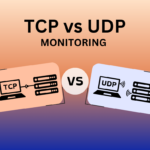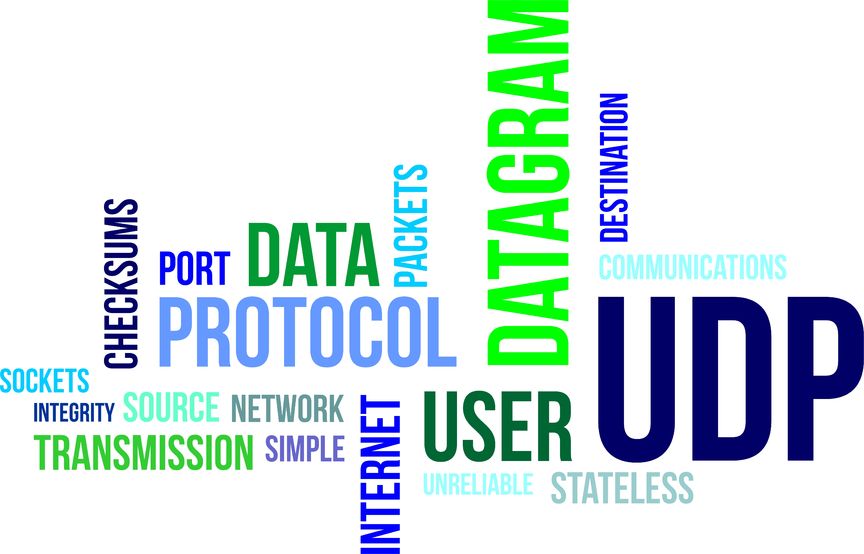In the vast realm of networking, the Open Systems Interconnection (OSI) Model stands as one of the most fundamental frameworks. It is the blueprint that defines how data travels from one device to another over a network, ensuring seamless communication despite the complexities of underlying hardware, software, and protocols. For anyone diving into the world of networking, understanding the OSI Model is crucial – it’s the key to designing efficient systems, diagnosing network issues, and building scalable solutions.
Table of Contents
What is the OSI Model?
The OSI Model is a conceptual framework developed in 1984 by the International Organization for Standardization (ISO). It standardizes the functions required for network communication into seven distinct layers, each addressing specific responsibilities.
Instead of focusing on the hardware or protocols, the OSI Model describes how data flows across a network, from one application on a device to another application on a different device. Each layer operates independently, yet all layers work together to complete the communication process.
The OSI Model’s primary goals include:
- Interoperability: Allowing devices and systems from different vendors to communicate effectively.
- Modularity: Enabling technology upgrades and development at specific layers without affecting others.
- Troubleshooting: Isolating network issues by focusing on a particular layer.
Why is the OSI Model important?
The OSI Model serves as the backbone of modern networking for several reasons:
- Standardization: Defining a universal communication method, it eliminates confusion between different vendors and technologies, ensuring seamless integration.
- Clear Communication: Networking professionals and developers use the OSI Model to describe processes and solve issues effectively, often referring to problems occurring at “Layer 3” or “Layer 7.”
- Guidance for Design: It helps in building scalable, modular networks by compartmentalizing functions, which simplifies the implementation of new technologies.
Without the OSI Model, networking would lack the organized structure needed to support today’s complex, multi-vendor environments.
7 Layers of the OSI Model
The OSI model consists of seven layers, from Layer 1 (Physical Layer) to Layer 7 (Application Layer). Let’s break down each layer and its responsibilities.
1. Physical Layer (Layer 1)
The physical layer is the lowest layer of the OSI model, and it deals with the actual transmission of raw binary data (1s and 0s) over a physical medium, such as cables, fiber optics, or wireless signals. It defines the hardware elements involved in data transfer, such as network interfaces, cables, switches, and the electrical signals used to carry the data.
Key responsibilities of the Physical Layer:
- Defines the type of cables and connectors used (e.g., Ethernet cables, fiber optics).
- Handles electrical or optical signaling.
- Specifies data rates, such as bandwidth and signal frequencies.
- Deals with the mechanical and electrical aspects of transmission.
2. Data Link Layer (Layer 2)
The data link layer sits above the physical layer and is responsible for the reliable transfer of data across a physical network link. This layer ensures that data is error-free and properly framed for transmission. It also manages how devices on the same local network communicate with each other.
Key responsibilities of the Data Link Layer:
- Breaks down large data packets into smaller frames.
- Detects and corrects errors that may occur during data transmission.
- Manages MAC (Media Access Control) addresses, which are unique identifiers for network devices on the same local area network (LAN).
- Controls access to the physical medium, such as determining when a device can transmit data (e.g., Ethernet, Wi-Fi).
3. Network Layer (Layer 3)
The network layer is responsible for determining the best path to send data across multiple networks. This layer handles logical addressing and routing, enabling data to travel from one network to another, regardless of the physical infrastructure. Routers operate at this layer, forwarding data between different networks based on IP addresses.
Key responsibilities of the Network Layer:
- Logical addressing (e.g., IP addresses).
- Routing data packets across different networks.
- Fragmentation and reassembly of packets to accommodate different network protocols.
- Determines the optimal path for data transmission (routing).
4. Transport Layer (Layer 4)
The transport layer ensures the reliable delivery of data between two devices across a network. It segments the data received from the upper layers and provides error detection and correction. Additionally, it controls flow to prevent congestion and guarantees that data is delivered in the correct order.
Key responsibilities of the Transport Layer:
- Segmentation and reassembly of data into manageable chunks.
- Error detection and correction (e.g., checksum, retransmission).
- Ensures reliable communication via protocols like TCP (Transmission Control Protocol) or unreliable communication using UDP (User Datagram Protocol).
- Flow control to prevent data loss or congestion.
5. Session Layer (Layer 5)
The session layer establishes, manages, and terminates sessions between two communicating devices. It ensures that data exchange is synchronized and allows applications to communicate effectively without interference.
Key responsibilities of the Session Layer:
- Establishes, maintains, and terminates communication sessions.
- Manages session checkpoints to recover data in case of communication failures.
- Provides full-duplex or half-duplex communication capabilities.
- Handles synchronization of data streams between devices.
6. Presentation Layer (Layer 6)
The presentation layer is responsible for the translation, encryption, and compression of data. It ensures that data sent from the application layer is in a format that can be understood by the receiving system. This layer often handles tasks like data formatting, character encoding (e.g., ASCII to Unicode), and data encryption.
Key responsibilities of the Presentation Layer:
- Data translation (converting between different data formats).
- Data encryption and decryption (for secure communication).
- Data compression (to reduce the size of transmitted data).
- Ensures data is presented in a standard, readable format.
7. Application Layer (Layer 7)
The application layer is the topmost layer of the OSI model and is closest to the end user. This layer provides the interface for users and software applications to interact with the network. It handles high-level functions like file transfers, email, and web browsing.
Key responsibilities of the Application Layer:
- Provides network services directly to end-users or applications.
- Defines communication protocols like HTTP (HyperText Transfer Protocol), FTP (File Transfer Protocol), and SMTP (Simple Mail Transfer Protocol).
- Enables functions like web browsing, file sharing, email exchange, and network management.
How does communication happen in the OSI Model?
Communication in the OSI Model follows a systematic process called encapsulation and decapsulation:
- Sender’s Side:
- Data is generated at the application layer and moves downward through the layers.
- Each layer adds its own header, and sometimes a footer, encapsulating the data with layer-specific information (e.g., addressing, error checks).
- Transmission:
- The encapsulated data (now called a packet) is transmitted over the physical medium to the receiving device.
- Receiver’s Side:
- The process is reversed as data moves upward through the OSI layers.
- Each layer removes its corresponding header/footer (decapsulation) until the original data is presented to the receiving application.
This structured approach ensures data integrity and reliability, even over complex networks.
Conclusion
The OSI model helps us make sense of how data travels across networks by breaking it down into seven simple layers. It’s like a blueprint for understanding how everything works together, from sending a message to receiving it. Whether you’re building, fixing, or just curious about how networks operate, the OSI model is a go-to guide that makes complex processes easier to grasp and manage.






